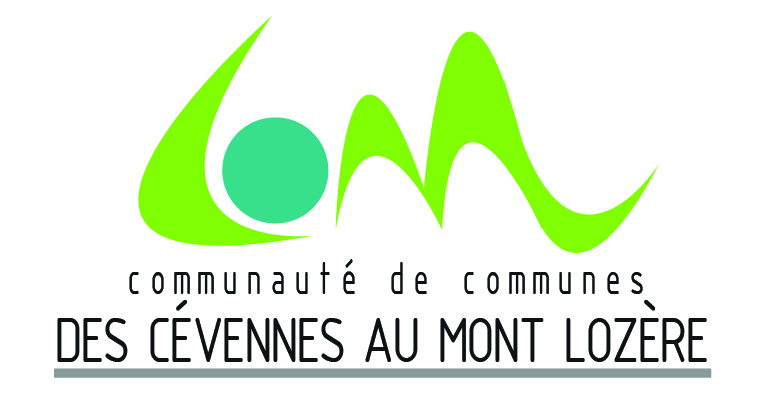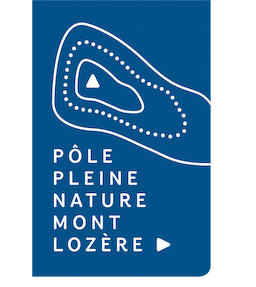Le Villaret
This short family walk overlooking the Luech gorge explores the Cevenol hamlets of Le Villaret and Le Massufret.
3 points of interest
 History
HistoryLe Villaret mine
In around 1920, a baryte mine brought much-appreciated income to over 20 families. “Transport was by tractor carrying a crate that contained 2 tons of baryte and pulling a trailer that contained another four tons. That way, we transported 6 tons per trip to the train station at Génolhac, and, when all was going well, we did two trips per day, so a maximum of 500 tons a month” ( Aristide Vignes).
 Architecture
ArchitectureLe Massufret
This hamlet was once very lively, since there was a school for a dozen children before World War Two. “It was basically a farmers' village. They weren't really looking to make money but to survive, in the tradition of farmers in the Cevennes. They lived according to the season: in summer, they prepared for winter. Chestnuts and potatoes were the staple foods, and there was soup at every meal” (Mr Velay).
 History
HistoryPath history
A network of paths linked Le Massufret with the other hamlets in the municipality. A mule track lead from Montjoie to the Le Massufret (in Montjoie, you can see a circular platform, probably a vestige of an oppidum, a pre-Roman hill-fort). One path led through the valley to Soleyrols, another went to L'Aubaret on Mont Lozère or to Le Masmin, on the other side of the Ventalon ridge. At the time of the Camisards, after the Revocation of the Edict of Nantes (1685), Protestants chose to meet clandestinely, at night, in remote locations. Their gatherings had to kept secret from the authorities. Preachers replaced the exiled pastors and recited Biblical texts. Inhabitants from all four corners of the municipality held gatherings in Le Massufret near a rock below the apiary.
Description
Take the path that goes downhill from the car park. After 50 m, take the path on the right. At a fork, take the track on the left and, some 20 m further, the path on the right. Two granite boulders open the path that goes downhill between birches in a north-easterly direction. Above the village, take the track leading to Le Massufret. The track overlooks the Luech gorge with its sides of sheer jagged rock. It joins up with the Massufret road amidst former meadows now invaded by young ash trees, growing straight and close together. The road goes past a covered fountain, through the hamlet of Le Massufret with its schist houses with granite lintels, and a few ruins. As you leave the hamlet, take the track that leads back to the Col de la Baraquette.
- Departure : Col de la Baraquette pass
- Arrival : Col de la Baraquette pass
- Towns crossed : Pont de Montvert - Sud Mont Lozère and Ventalon en Cévennes
Forecast
Altimetric profile
Recommandations
Make sure your equipment is appropriate for the day's weather conditions. Remember that the weather changes quickly in the mountains. Take enough water, wear good shoes and put on a hat. Please close all gates and barriers after yourself. This trail is also suitable for mountain-bikes.
Information desks
Office de tourisme Des Cévennes au mont Lozère
le Quai, 48220 Le Pont de Montvert sud mont-Lozère
Access and parking
Col de la Baraquette. At Croix de Berthel, head towards Alès. After 3km, turn left.
Parking :
Source



Report a problem or an error
If you have found an error on this page or if you have noticed any problems during your hike, please report them to us here:

